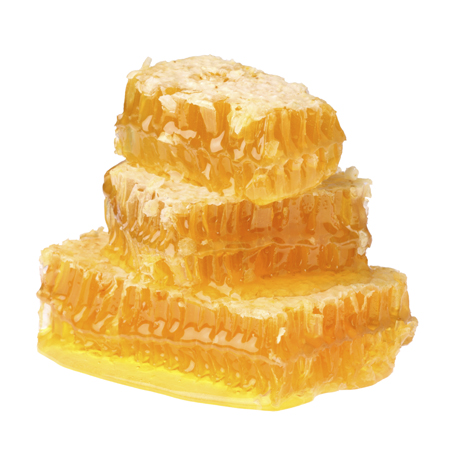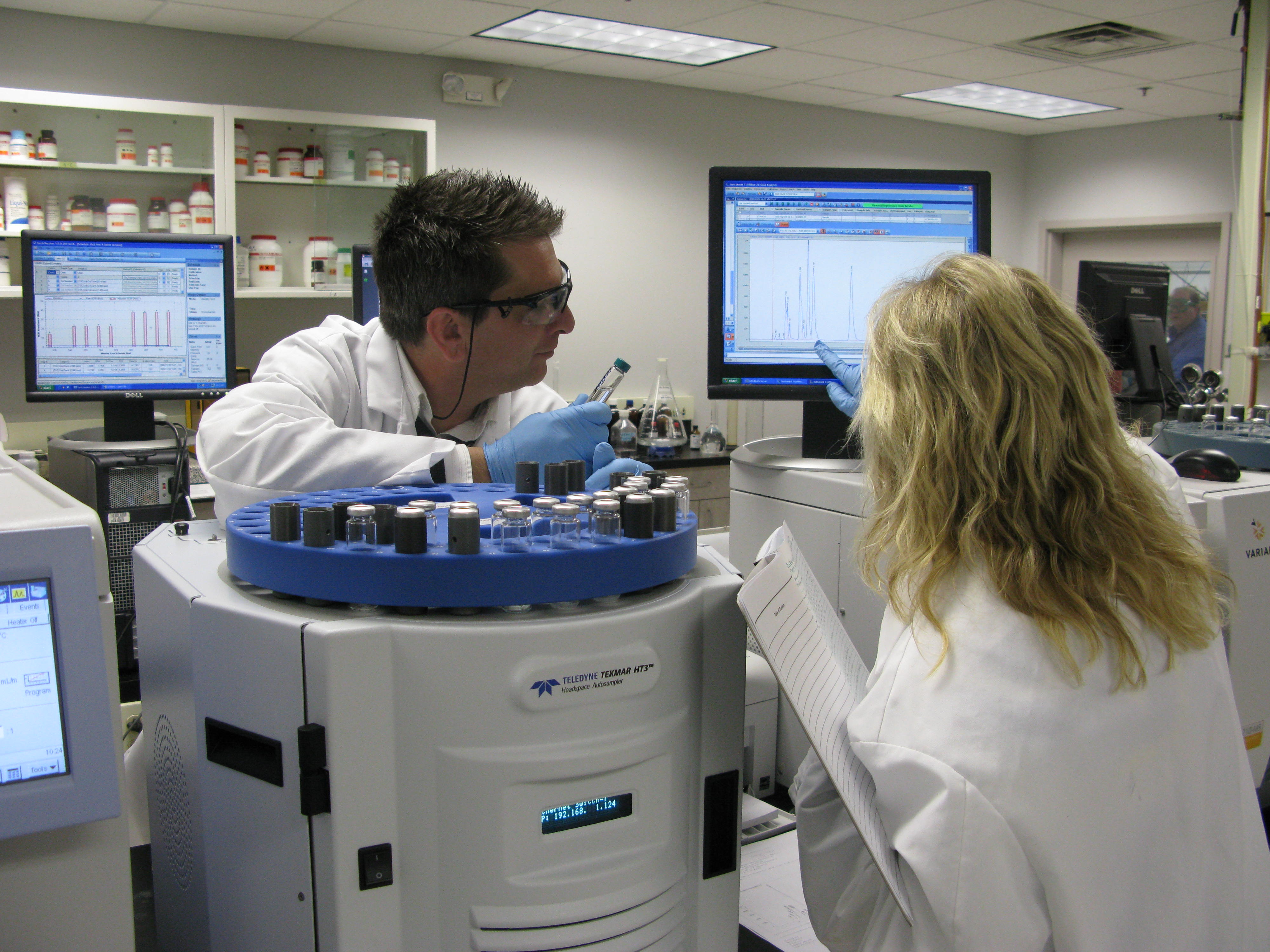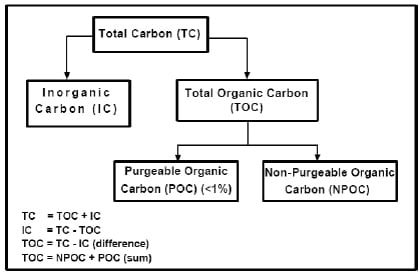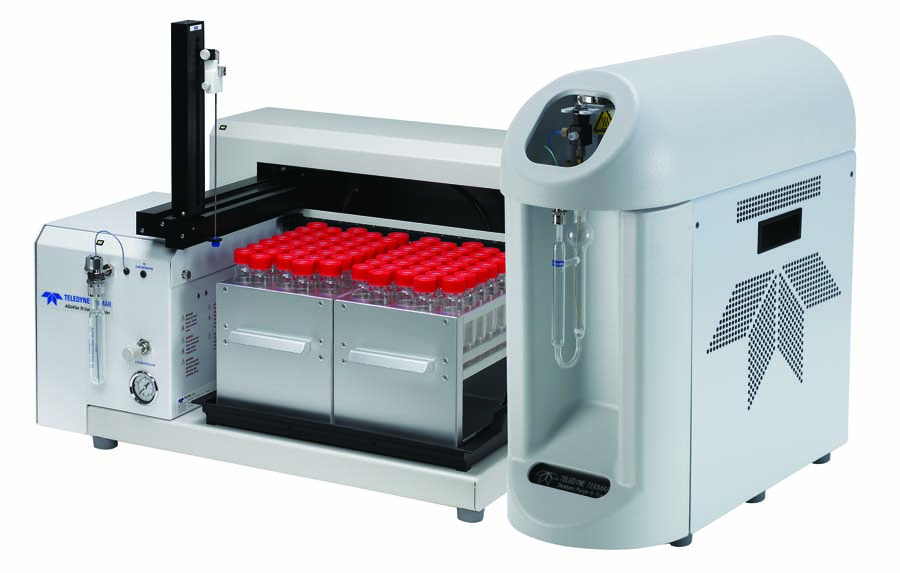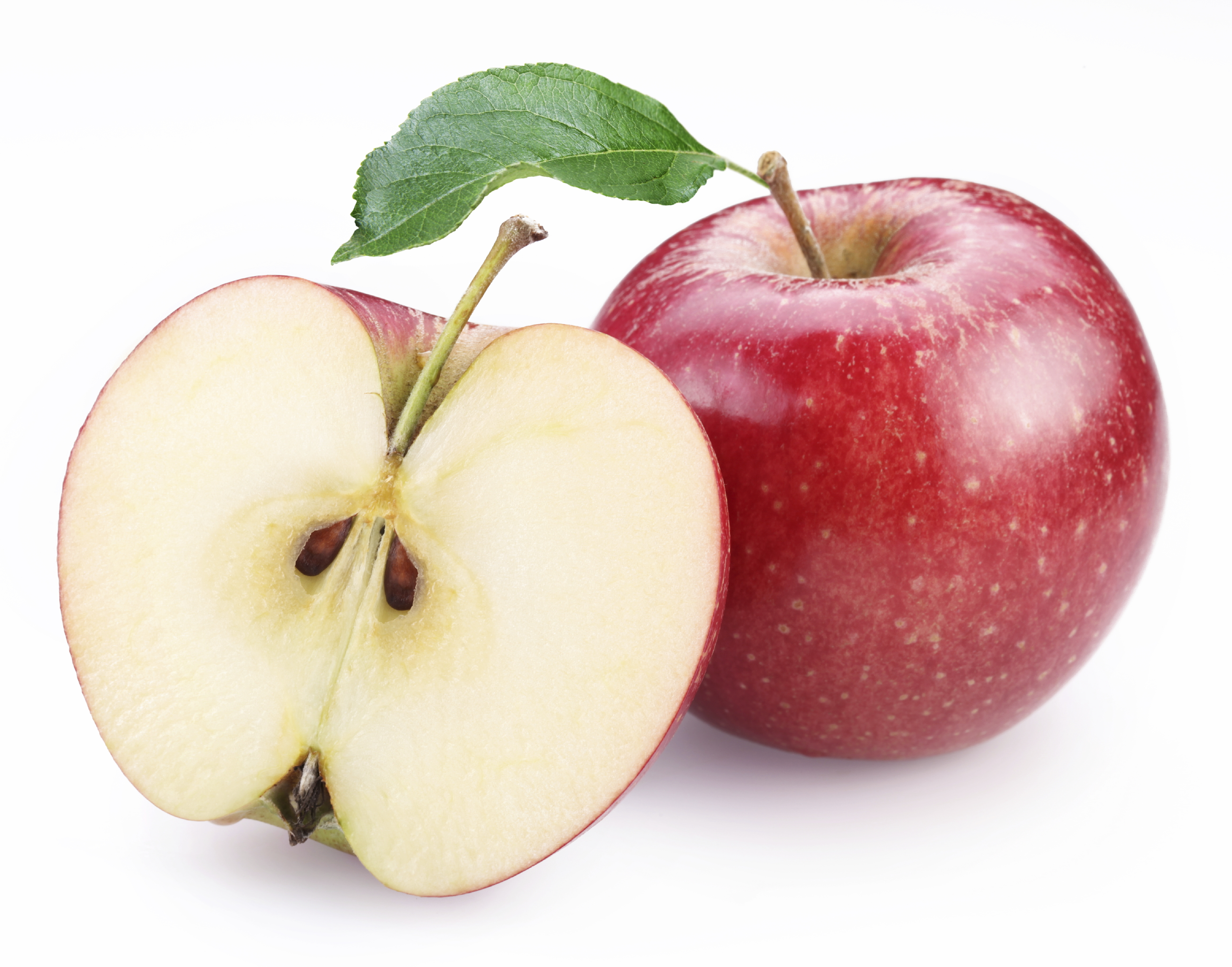Within the Uintah Basin of Utah there are 15 evaporation pond farms that manage liquid waste. Recently, one of the facilities in Grand County, Utah, which receives wastewater from oil and gas mining in Colorado, was found to be operating without air-quality permits for the past six years. Since April 2008, the facility has released “tons of toxic chemicals” into the air. The company, Danish Flats Environmental Services, had also provided faulty data that did not accurately report the effectiveness of emission-control equipment on site. An analysis conducted by the states Division of Air Quality found that the site was a “major emission source for hazardous air pollutants and volatile organic compounds.” The company was subsequently fined $50,000 for its violations.
Need to analyze VOC contaminating water sources in Danish Flats
Posted by Betsey Seibel on Mon, Oct 20, 2014 @ 09:52 AM
Tags: VOC, Volatile Organic Compounds, wastewater
Clorpyrifos and impact on humans - need to analyze for pesticide residue
Posted by Betsey Seibel on Wed, Oct 08, 2014 @ 02:13 PM
In September Pesticide Action Network North America and the National Resources Defense Council sued the Environmental Protection Agency to ban chlorpyrifos, an insecticide that is used on a variety of food and feed crops and golf courses. On its website, the EPA outlined that chlorpyrifos is used to:
Are Pesticide Residues to blame for the Decline in Bee Population?
Posted by Betsey Seibel on Mon, Sep 29, 2014 @ 07:22 PM
It’s no secret that the honey bee is disappearing at an alarming rate and organizations from the public and private sectors are looking for ways to reverse the trend. In fact U.S. President Barack Obama announced in June the creation of a task force to address the diminishing population of honey bees and other pollinators. The efforts of the honey bee are critical for the food industry as they pollinate fruit, nuts and vegetables. “Globally, 87 of the leading 115 food crops evaluated are dependent on animal population.” In addition, these “Pollinators contribute more than $24 billion to the United States economy, of which honey bees account for more than $15 billion.”[i]
Tags: QuEChERS, SVOC, Automate-Q-40, Pesticide Residue, Honey
Estimated 8,000 Gallons of Diesel Spills into Ohio River may impact drinking water
Posted by Betsey Seibel on Fri, Sep 19, 2014 @ 04:19 PM
According to Duke Energy, approximately 5,000 gallons of diesel fuel spilled into the Ohio River on Monday, August 18th. The leak, which started around 11:15 p.m. during a routine transfer of fuel oil, was stopped by 11:30 p.m. The company notified local, state and environmental agencies, as well as the Coast Guard, Northern Kentucky Water District and Greater Cincinnati Water Works.
According to the American Chemistry Council, nearly 800,000 people in the United Sates are directly employed in the chemistry industry. In fact, chemical companies spent more than $56 billion in research and development in 2013, and 96 percent of all manufactured goods are directly touched by the chemical industry. In other words, a career in chemistry delivers a promising future.
Tags: application chemist
Understanding Total Organic Carbon (TOC) and Why it should be Measured
Posted by Betsey Seibel on Mon, Jul 21, 2014 @ 11:20 PM
Tags: TOC, Total Organic Carbon
High Levels of Benzene Found in Chinese Tap Water
Posted by Jason Davis on Thu, Apr 17, 2014 @ 03:50 PM
Benzene and Teledyne Tekmar
Benzene detection has been a frequent topic here at Teledyne Tekmar. In October 2013, we published an Application Note: “Achieving Low-Level Detection of Benzene in Beverages with an Automated Headspace Vial Sampler” and an accompanying webinar “Benzene in Beverages - How Low Can We Go” (to view the webinar, please click the button at the bottom of this blog).
Tags: Purge and Trap Concentrator, drinking water, Stratum, HT3, Benzene, Beverage Analysis, US EPA Method 524.3, P&T
Teledyne Tekmar Instruments Testing Cincinnati Water after West Virginia MCHM Leak
Posted by Jason Davis on Fri, Jan 17, 2014 @ 10:15 AM
When a NBC Nightly News story showed our instruments preparing water samples after the recent 4-methylcyclohexane methanol (MCHM) contamination of West Virginia drinking water, we felt like heroes, and yes, maybe a bit like parents. There was our very own Stratum Purge and Trap Concentrator and AQUATek 70 Vial Autosampler at work in Cincinnati’s Richard Miller Water Treatment Plant.
Tags: Purge and Trap Concentrator, VOC, Teledyne Tekmar, drinking water, AQUATek70, AQUATek100, Stratum
With the release of Teledyne Tekmar’s AutoMate-Q40, I thought it was the perfect time to explain the QuEChERS Method that the instrument is based on. Below is a basic, but thorough, overview of what QuEChERS is and how it is performed manually step by step.
Tags: FDA, Sample Preparation, pesticide analysis, QuEChERS, SVOC, pesticides, AOAC 2007.01, EN 15662.2008, USDA, EFSA
The Road Ahead: The FSMA, Food Industry and Food Testing Labs
Posted by Jason Davis on Fri, Nov 08, 2013 @ 03:09 PM
Overview
The food industry today is surrounded by an increasing amount of highly publicized food safety concerns. The role of food testing laboratories, though often behind the scenes, has become an integral component of the daily checks and balances of our food production system. With the release of the FDA’s Food Safety Modernization Act (FSMA) in 2011, new requirements directly affecting food manufacturers and food testing laboratories may emerge. While many of the particulars still remain to be ironed out, the act mentions food laboratories 57 times and laboratory tests 29 times, and many anticipate forthcoming regulation.
Tags: Food Safety, Food Safety Labs, Food Manufacturing, FSMA, Food Safety Modernization Act, FDA, Accreditation, fo Food Testing Laboratory


